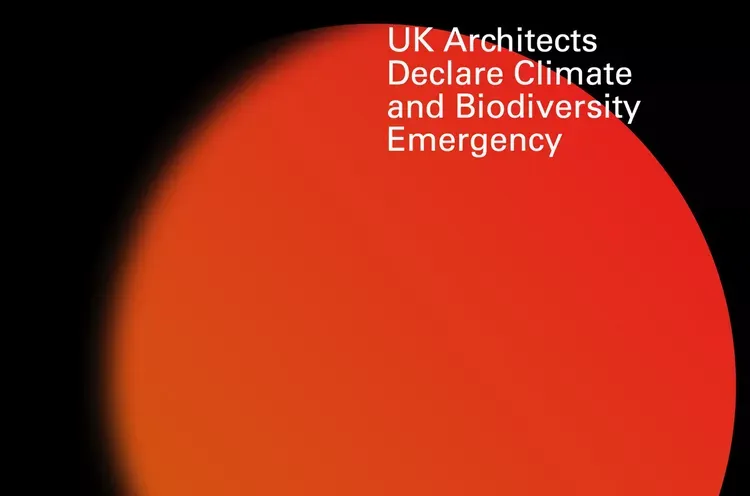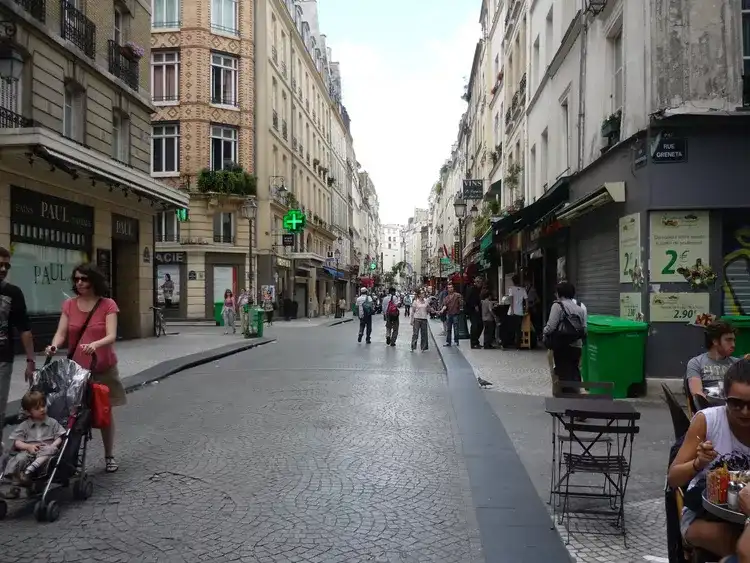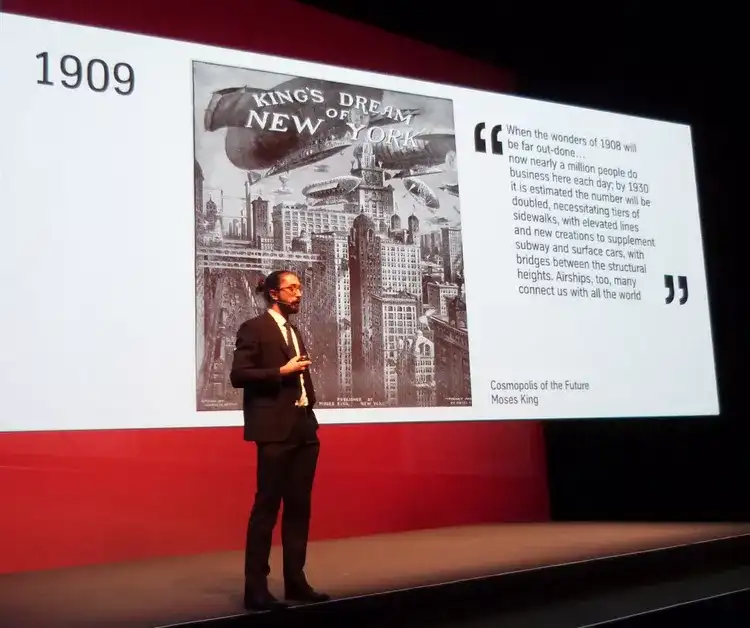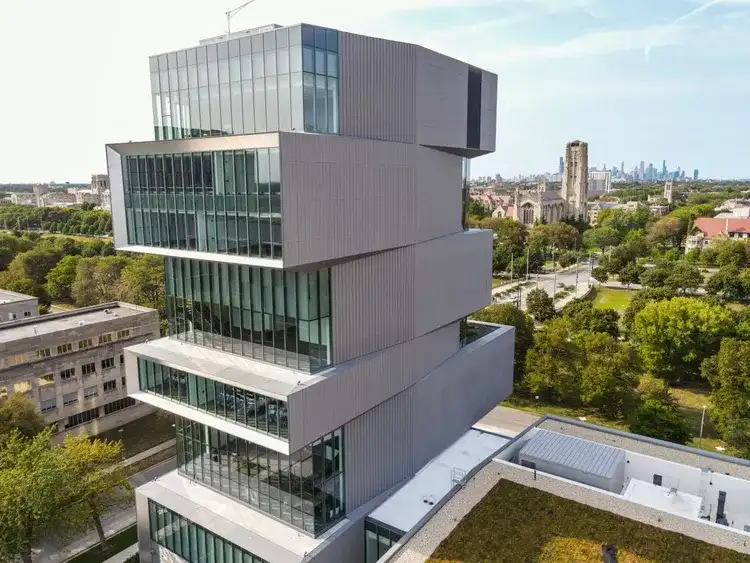Skyscrapers once stood as icons of progress, engineering marvels piercing the clouds in cities from New York to Dubai. Today, their future is under sharp scrutiny. The resource-hungry, energy-intensive nature of very tall buildings is now in direct conflict with the urgent need for cities to become truly sustainable and resilient. Urban planners, architects, and environmentalists are united in a new debate: is it finally time to leave the skyscraper era behind?

The Case Against Building Higher and Higher
For decades, organizations like the Council on Tall Buildings and Urban Habitat (CTBUH) have celebrated record-breaking towers. But now, even industry leaders admit that the old metrics of success height and spectacle are no longer enough. Data shows that the higher a building goes, the more steel, concrete, and embodied carbon it requires. Operating costs and energy use also rise dramatically. According to studies cited by Architects Declare, office towers over 20 stories use up to 2.5 times more electricity than mid-rise buildings of six stories or fewer.

“The unavoidable fact is that, in terms of resource efficiency, the embodied carbon in their construction and energy consumption in use, skyscrapers are an absurdity.”
The Sustainability Dilemma: Dense Doesn’t Mean Tall
Many assume that the only way to achieve vibrant, walkable cities is by building ever taller. Yet, the world’s most beloved and sustainable urban areas prove otherwise. Compact, mid-rise neighborhoods in Paris, Barcelona, Vienna, and Montreal house tens of thousands of people per square kilometer without resorting to glass towers. These cities enjoy walkable streets, thriving local businesses, and excellent public transit often with lower transport-related energy use than sprawling or super-dense vertical cities.
- Parisian districts accommodate up to 26,000 people per sq km with buildings averaging 6–8 stories.
- Barcelona’s Eixample district tops 36,000 people per sq km without a skyline dominated by high-rises.
- Montreal achieves significant density with “Goldilocks” buildings neither too short nor unsustainably tall.
The New Ideal: “Goldilocks Density”
Urbanists now speak of a “Goldilocks density”— not too sparse, not too stacked. This sweet spot, usually between 4 and 8 stories, allows for human-scale neighborhoods with sunlight at street level, ample green space, and lively public life. According to architect Piers Taylor, “Anything below two storeys and housing isn’t dense enough, anything much over five and it becomes too resource intensive.” While this may sound restrictive, cities like Paris and Vienna have demonstrated its practicality and charm for generations.

Changing Attitudes in the Industry
The CTBUH itself is showing signs of change. Their 2022 “Best Tall Building” award went not to a cloud-piercing tower, but to the modest 171-foot David Rubenstein Forum. CTBUH CEO Javier Quintana de Una said:
“It is no longer enough to simply build tall. We must approach density in ways that are meaningful, creative, innovative, carbon neutral, and affordable.”
It’s a signal that even the world’s leading tall-building advocates recognize the need for a reset.
The Way Forward: Building Cities for People, Not Just Skylines
Skyscrapers consume vast resources and rarely deliver the walkability, livability, or sustainability they promise. Alternatives mid-rise, compact developments offer a proven path to high-density, low-carbon, and vibrant city life. The old equation that “progress equals height” no longer holds. Instead, the cities of tomorrow will measure their success by quality of life, resilience, and environmental impact, not just by their tallest towers.

“For those that might still claim that skyscrapers are symbols of progress, the evidence is clear they now represent progress towards societal collapse.”
To build the cities we need, it’s time to get over the height obsession and focus on what actually worksfor people and the planet.





